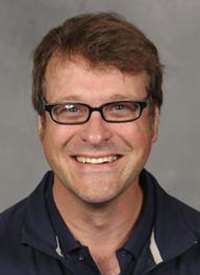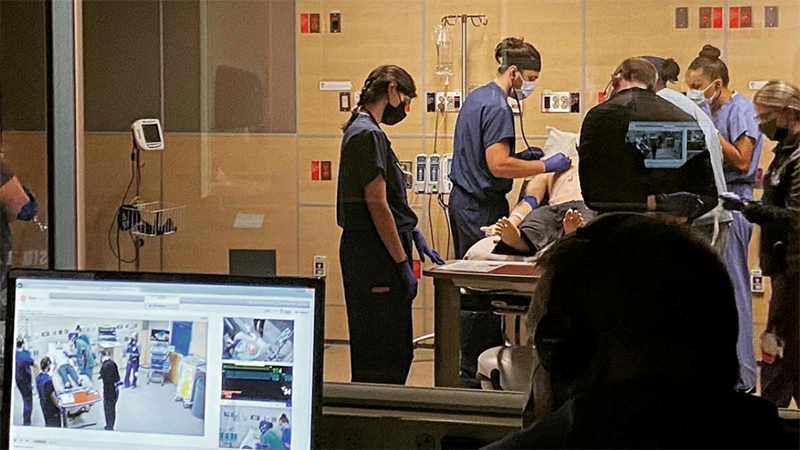MCW Emergency Medicine Simulation Education
Medical simulation serves as a catalyst for honing the clinical skills essential for success in emergency medicine. By replicating realistic scenarios, students and residents can engage in hands-on, immersive experiences that challenge and refine their decision-making processes, procedural competency, and overall clinical acumen. This dynamic approach reinforces fundamental knowledge and fortifies the ability to navigate the complexities of emergency care with precision.
EM Simulation Focus Areas
Fostering Team Dynamics
Medical simulation provides a unique platform for residents and fellows to cultivate communication, coordination, and collaboration within interdisciplinary teams.
Reflection
The debriefing sessions following simulation exercises serve as invaluable opportunities for reflection and continuous learning. These sessions foster an environment where residents and fellows can critically assess their performance, receive constructive feedback, and collaboratively identify strategies for improvement.
Exposure to HALO, Diverse Scenarios
Simulations afford our residents and fellows exposure to an array of clinical scenarios, including rare and high-impact cases that may be infrequently encountered in routine practice. This intentional diversity broadens their clinical experience, preparing them to confidently navigate the myriad challenges presented by the wide spectrum of emergencies. Furthermore, we implement diversity, inclusion, cultural competency, and equity objectives into medical cases to educate the importance of social and population aspects of patient care.
Hands-On Procedural Training
The simulation team also dedicates time to hands-on procedure training. Learners have the opportunity to perform a wide variety of procedures from simple laceration repairs to cricothyrotomy and everything in between. Utilizing high fidelity manikins, task trainers, and procedural models, learners will be able to hone their procedural skills in a controlled environment with individualized feedback.
Simulation Centers
New Simulation Fellowship!
Are you passionate about education and innovation in healthcare? Our one-year Simulation Fellowship offers a unique opportunity to take your teaching to the next level. We offer competitive pay with a comprehensive benefits package.
EM Simulation Testimonials

"Nice as a senior learning to learn how to organize an entire team of different skill sets and to teach difficult skills."

"I liked the small group hands on procedural workshops. I think that this is the most useful part of Sim."

"The experience we get leading cases in Sim and working on closed loop communication, confidence as a leader, and efficient yet thorough management of sick patients has prepared me well for caring for complex patients in the community thus far (where at times the resources are slightly more limited). I do appreciate the variety of cases we did get to experience in Sim throughout residency though as many times there are diagnoses that end up on my differential because I am able to reflect back on a Sim case from the past!"
EM Simulation Faculty

Thomas Yang, MD, MEdHP, MS
Assistant Professor; Director, Simulation; Medical Director, Froedtert Hospital Simulation Center
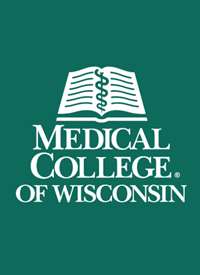
Lacie Bailey, MD
Assistant Professor
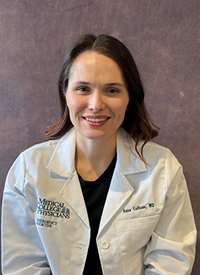
Anna Culhane, MD
Assistant Professor
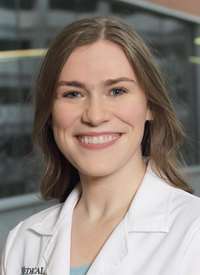
Maureen E. Davis, MD
Assistant Professor; UME Simulation Lead
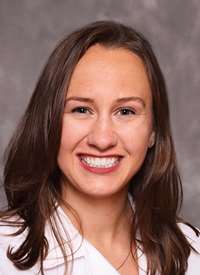
Elyse Hartleben, MD
Assistant Professor; Emergency Medicine Physician Lead for Scheduling; Assistant Medical Director, West Bend Emergency Department
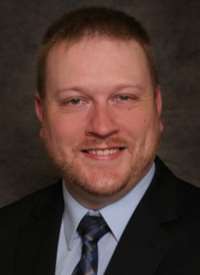
Matt Laudon, MD
Assistant Professor
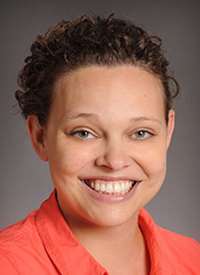
Jean Pearce, MD, MS
Associate Professor of Pediatrics; Medical Director Children’s Wisconsin Emergency Department Trauma Center
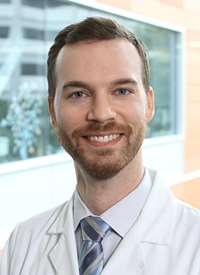
Michael Rentz, MD
Assistant Professor
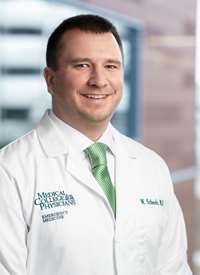
Bill Scheels, MD
Assistant Professor; Course Director, Ultrasound Elective

Ryan Scheper, MD
Associate Professor of Pediatrics; Associate Medical Director
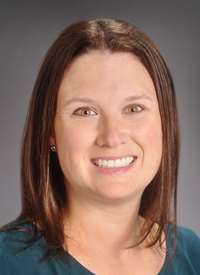
Abigail Schuh, MD, MMHPE
Associate Professor of Pediatrics; Director of Education, Section of Pediatric Emergency Medicine; Director, Pediatric Emergency Medicine Fellowship
